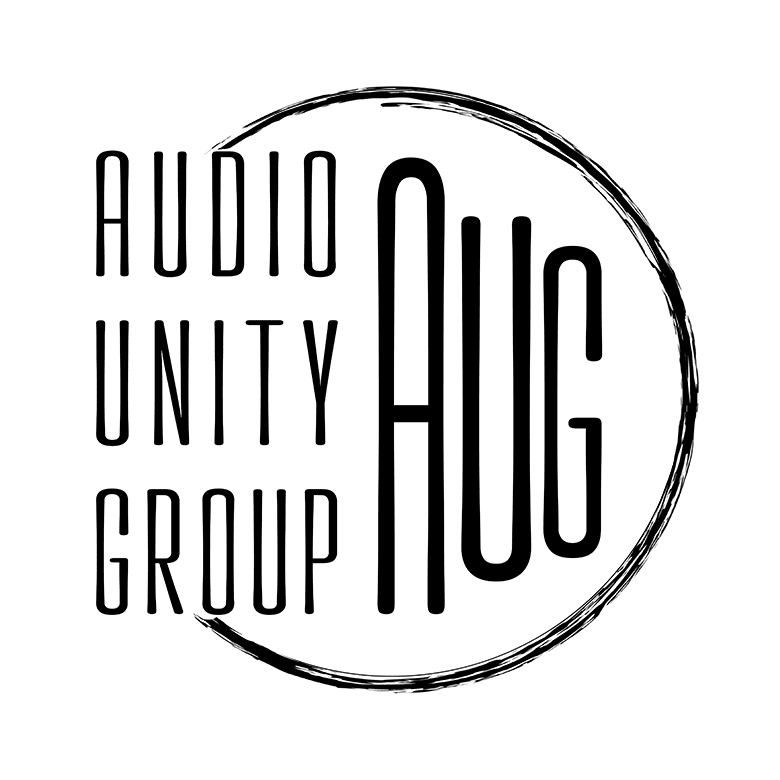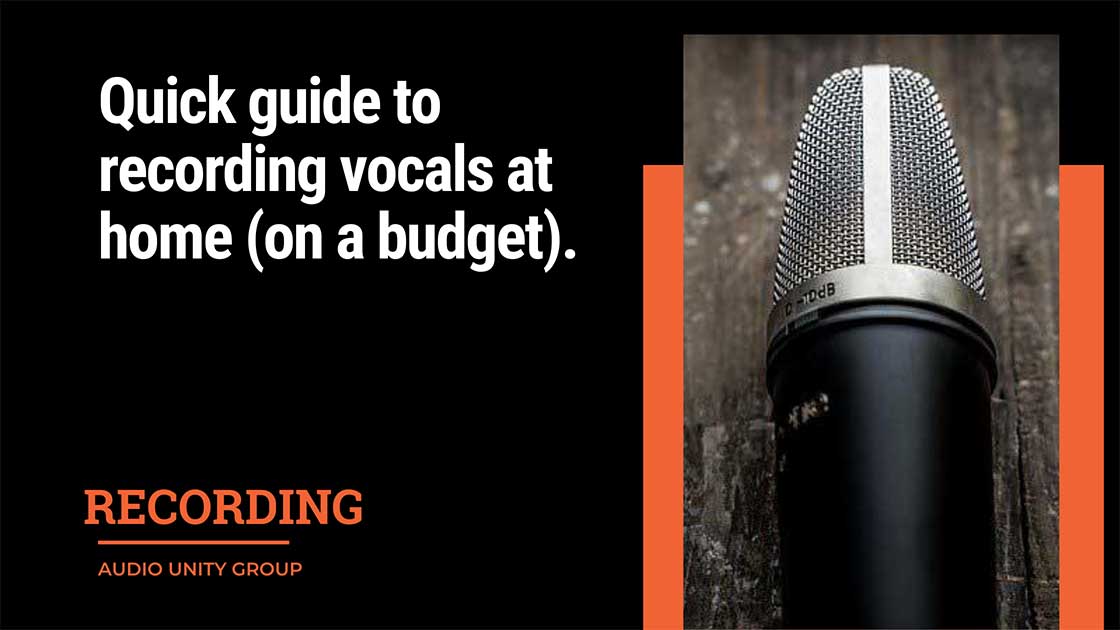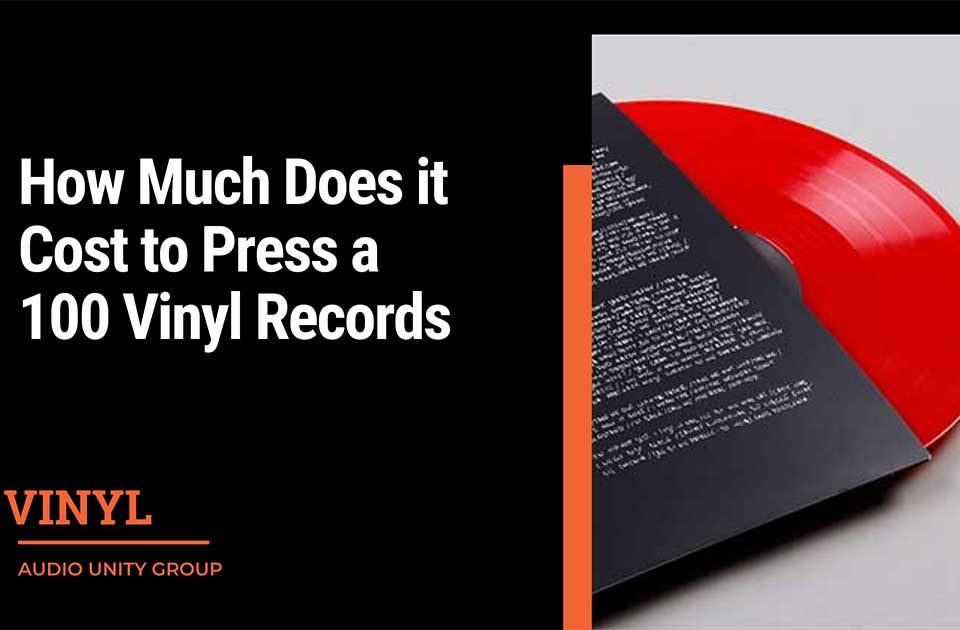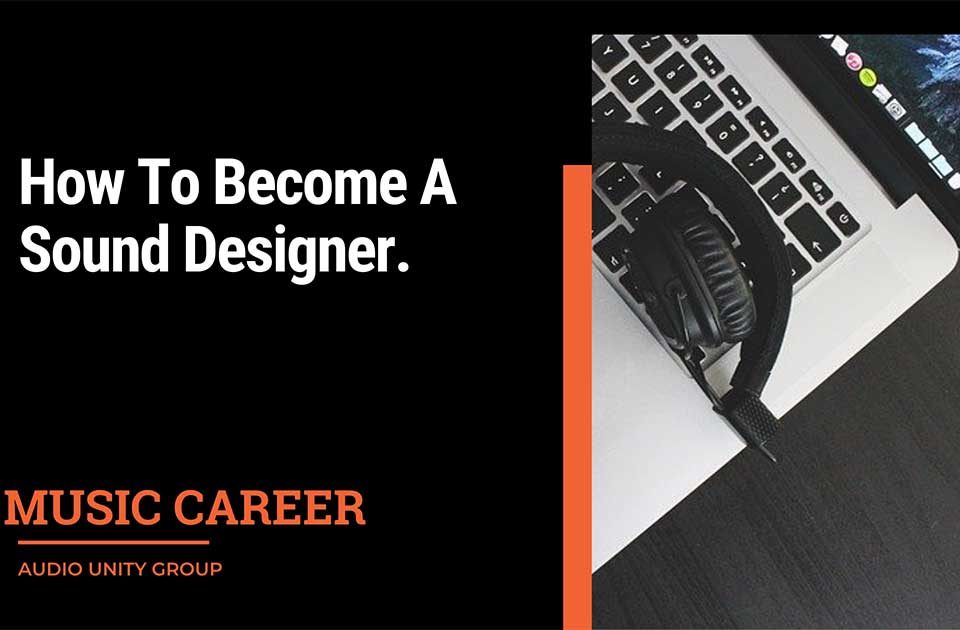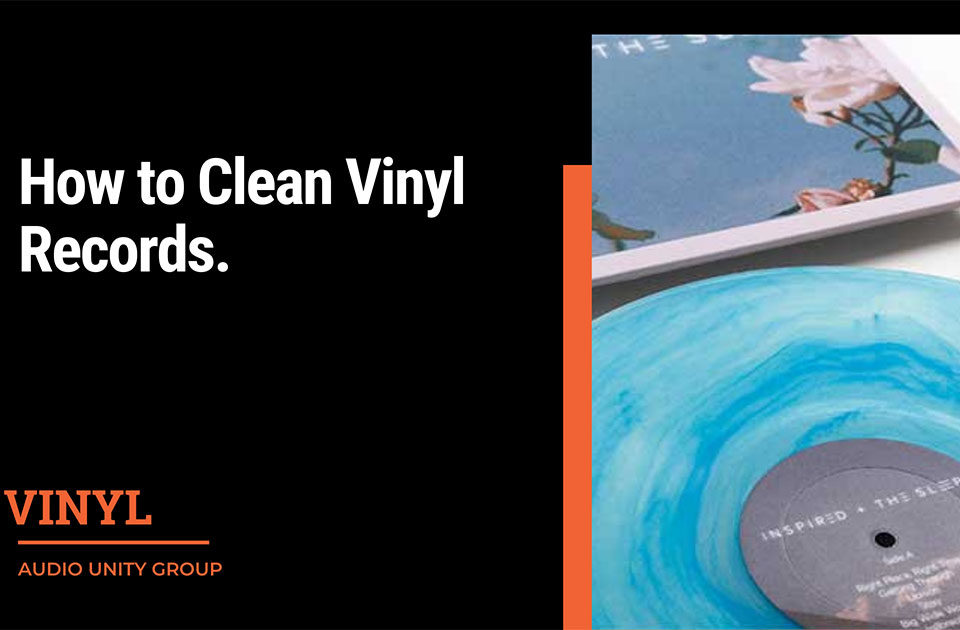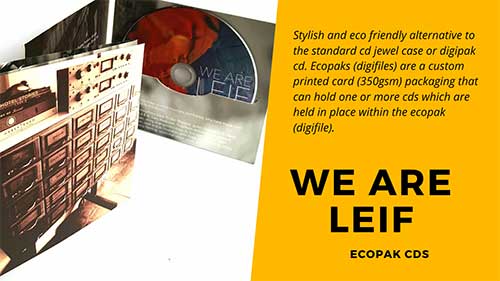
Ecopak (Digifile) CDs – We Are Leif, Bristol, UK
February 20, 2020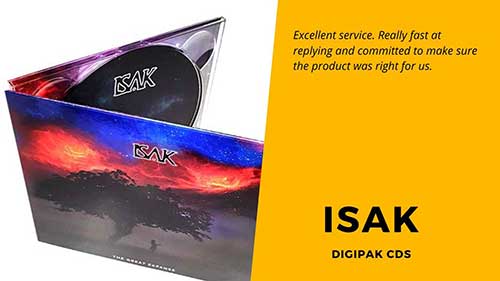
Digipak CDs – Isak, Glasgow, UK
April 3, 2020Last Updated on August 2, 2020 by Tom S. Ray
[vc_row][vc_column][vc_column_text]
Quick guide to recording vocals at home (on a budget).
[/vc_column_text][vc_separator][vc_column_text]
A super quick guide and a few tips to record your vocals at home and stay within your budget.
[/vc_column_text][/vc_column][/vc_row][vc_row][vc_column width=”1/6″][vc_separator][/vc_column][vc_column width=”2/3″][vc_column_text]
How many times have you wanted to record your vocals at home when inspiration struck you but couldn’t do it due to equipment limitations? Well, this quick guide to recording your vocals at home will show you exactly what you’ll need to do just that (without breaking the bank).
[/vc_column_text][vc_single_image image=”20641″ img_size=”full” alignment=”center”][vc_column_text]
Computer
WHY? : Needless to say the very first thing you’ll need is a computer. Without one this recording thing might be a bit tricky…
WHICH ONE? : The newer the better but you can probably get away with anything produced post 2012. Audio takes up a fair amount of RAM memory and CPU usage so make sure your computer can still perform basic tasks otherwise you might end up throwing it out the window after three hours of recording when your computer decides to crash without a saved session (it has happened to me unfortunately).
DAW (digital audio workstation), in other words, your recording software.
WHY?: To record your audio into the computer with the option to save and edit it.
WHICH ONE?: Plenty of DAW’s available out there. Some of them very sophisticated (and pricey) like Pro Tools, Cubase or PreSonus Studio One (my favorite) but there’s also plenty of free ones available out there. Each Mac comes with Garage Band already installed and there are many other popular options for all operating systems.
Some of the most popular free audio recording programs are : Audacity, Traverso, Ardour and Jokosher.
Sound card/audio interface (same thing, just different name).
WHY? : To be able to connect your microphone to your computer but also to get better sound and reduce the latency (delay between when the sound is received and played back by your computer).
WHICH ONE? : There are tons of fairly cheap audio interfaces out there and they are pretty much the same. I say pretty much because some of them come with not one input (microphone) but two (let’s say guitar). That way you can record two sources of sound at the same time. Very useful for all the singer/songwriters out there. A decent audio interface will connect to your laptop via USB without the need of any difficult installation. Very simple plug and play. From what’s available on Amazon just now, I’d suggest the PreSonus AudioBox USB 96 2×2 USB 2.0 which costs around £80 (bargain). This AudioBox has a phantom power switch meaning you can (and should) use a condenser microphone when recording your vocals at home. Condenser microphones can record much more detailed sound and are made for use in studios where dynamic microphones are mainly used during gigs.
Microphone
WHY? : Well, to record..
WHICH ONE? : Again, the choice is broad but since this is a budget recording at home I’d probably suggest these three models : AKG C1000S MK IV, Audio-Technica AT2020, Rode NT. All of these models are fairly cheap (around £100 on Amazon) but what’s more important, will do a tremendous job recording your vocals and other instruments you’d like to record.
One very important thing though: if it seems too good to be true, it probably is. Please, please, please don’t buy one of these poor quality, 40 quid microphones that I see online all the time. Spend a little extra and let the vocals you’ve worked so hard on sound as they should.
Anything else?
Yep, a few pointers. You’ll need a mic stand (£10), XLR cable (£5) and fairly well-sounded place in your home. Usually, space next to a bookshelf works pretty well (books are great natural absorbers) but if you want something more sophisticated check our wooden panels. Try to avoid being too close to a wall as this will cause a unwanted noise bouncing off the wall.
Total? Around £200 for all the quipment bought new. In my opinion that’s pretty good investment.
If you have any questions feel free to get in touch and I’ll try to advise you on the best practice.
Thanks and take care,
Tom
[/vc_column_text][/vc_column][vc_column width=”1/6″][vc_separator][/vc_column][/vc_row][vc_row][vc_column width=”1/2″][vc_column_text][/vc_column_text][/vc_column][vc_column width=”1/2″][/vc_column][/vc_row]
